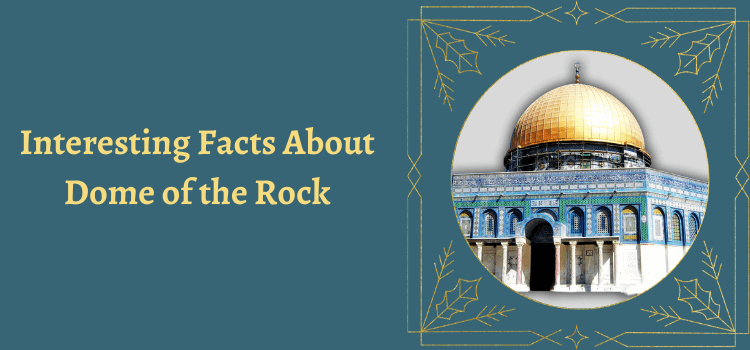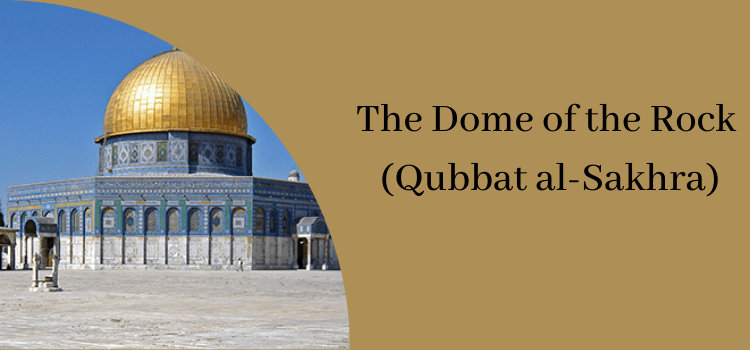The Dome of the Rock is one of Jerusalem’s most iconic structures. Its golden roof dominates the Temple Mount, a holy site for Jews, Christians and Muslims alike.
The structure encloses a large stone that Muslims believe commemorates the place where Muhammad ascended to heaven on his night journey. Besides its religious significance, the Dome of the Rock is also known for its colorful tile artistry.
Christian Group Traveling to Israel
A trip to the Holy Land can be an unforgettable experience for any Christian. Its sweeping scenery, rich culture and modern cities make it a fascinating blend of biblical and modern times. It also offers a rare opportunity to walk in the footsteps of Jesus on an uplifting tour of his most important sites.
A Christian group travel tour to Israel is a fantastic opportunity for a church or small group to see the Holy Land as it was in the time of Jesus. From the Garden of Gethsemane to the Sea of Galilee, a Christian group tour of Israel and Jordan will provide an eye-opening experience that is sure to bring your faith to life.

The most famous Christian site in the entire world is the Church of the Holy Sepulchre in Jerusalem, where Christ was crucified and buried. But the most popular Christian site in Israel is perhaps not the location of his death, but the Dome of the Rock, where he was baptized by John the Baptist (John 1:29-32).
This room-size slab of weathered sandstone is sacred to Jews, Muslims and Christians alike. Many claim that it is the place where God stood when he created the world, where Adam was made and where Cain killed Abel.
Inside the Dome of the Rock, there is a large room-sized octagonal dome topped with an intricately decorated exterior. It is a work of art, and even features a nifty winged motif that is said to symbolize angelic activity.
The Dome of the Rock is an amazing feat of architecture, and has a lot of meaning for Jews, Christians and Muslims alike. The awe-inspiring sight is a tribute to the faith of the Jewish people, as well as a testament to the chutzpah of the early Christian leaders. It is also a dazzling display of the art of stonemasonry, and a great example of the ancient technology that led to today’s skyscrapers.
Is the Dome of the Rock on the Holy of Holies?
The Dome of the Rock was erected on the Temple Mount in 691 CE (55 years after Islamic forces had captured Jerusalem). Its octagonal form and dome resemble early Christian churches that were erected to enclose important holy sites.
It is considered unique because it is the oldest Islamic structure still standing in Jerusalem. It also contains a 240-meter-long inscription that translates a number of verses from the Qur’an into Arabic. The earliest surviving examples of these verses include the bismillah, which is the Islamic version of the phrase “In the name of God, the Merciful and Compassionate,” and the shahada, or Islamic confession of faith that claims that there is only one God and Muhammad is his prophet.

In addition to its octagonal shape, the Dome of the Rock also features a large golden dome. This dome is aligned so that if you were looking through it, you would be facing Mecca, the holiest city in Islam.
Another reason why the Dome of the Rock is unique is that it is located in the heart of the Old City of Jerusalem. This area is very sacred to Jews and Christians. It is believed that Abraham, the progenitor of the Hebrew people, was prepared to sacrifice his son Isaac here.
It is also thought that the Dome of the Rock was constructed on the ruins of an ancient octagonal Byzantine church that had been abandoned after it was destroyed by the Romans. Some scholars have suggested that the Muslim rulers who built the Dome of the Rock chose this site for its importance to Jewish and Christian history.
Why is the Dome of the Rock considered unique?
The Dome of the Rock is built on top of the Temple Mount in Jerusalem, which is considered by Muslims as their third holiest site. It sits between two other religious shrines: the al-Aqsa Mosque and the Western Wall.
The dome encloses the large rock in which Muhammad is believed to have laid down his son Ismail (Isaac in Judeo/Christian tradition). This rock, referred to in Islamic tradition as the masjid al-aqsa (“the farthest mosque”), commemorates Muhammad’s night journey to heaven where he met other prophets, witnessed paradise and hell and finally saw God enthroned and circumambulated by angels.

As a reminder of this important night journey, a plaque on the exterior of the Dome of the Rock has been inscribed with words from the Qur’an: bismillah (in the name of God, the merciful and compassionate) and shahada (Islamic confession of faith). These words essentially say that there is only one God, and that Muhammad is the messenger of God.
These words are significant because they are the first words of a religious text that was largely unknown in the western world until Islam was formed. This means that the inscription at the Dome of the Rock is one of the earliest examples of Qur’an verses in an architectural context.
While some scholars believe that the dome was designed to rival Christian churches, such as the Church of the Holy Sepulcher, others think that it was a way for the Umayyad caliph ‘Abd al-Malik to proclaim the superiority of his newly formed faith over Christianity. This was a time when Muslims were fiercely competing with Christians for power and prestige.
In addition to its religious significance, the Dome of the Rock also represents spectacular architecture. It was originally built with marble and mosaic work, but the earthquakes that plagued Jerusalem in the Middle Ages damaged much of the building. Fortunately, major restoration work was done by King Hussein in the 1950s and a durable aluminum bronze alloy was used to cover the dome.
Is the firmament mentioned in the Bible?
The firmament is a vault or dome-like expanse stretching out over the earth, separating the sky above from the earth below. It is mentioned nine times in the Bible, including Genesis 1:6, and it reveals God’s handiwork (Psalm 19:1; Psalm 150:1; Ezekiel 1:22; Daniel 12:3).
It is also a metaphor for God’s power and majesty (Psalm 19:1; Job 26:13), and it symbolizes the seat of His sovereignty (Ezekiel 10:1). A biblical picture of the firmament is a bright, transparent crystal (Ezekiel 1:22; Daniel 12:3; Psalm 150:1) that reveals the handiwork of God and signs His sovereign authority.
This concept of the firmament was developed in the ancient world, where it was believed that a thin, metallic strip of beaten metal held back the waters of the sky from the earth’s atmosphere and outer space. This hammered-out metal was referred to as the raqiya’, a Hebrew word that means “expansion.”
A similar term is gaqiacspode, which literally means, “to spread out or to spread out of a thin sheet of beaten metal,” and this metaphor is used to describe the sky. The word raqiya’ is found in Exodus 39:3 and Num. 17:3 as well as in Jer. 10:9.
The word raqiya’ was translated in the Vulgate and other older Bible translations into the Latin firmamentum, a word that refers to a hard material (firmamentum). In the Septuagint, the Greek word stereoma (stereos) is also used to translate this word. Early Christian writers were very interested in the firmament, as it had an impact on their cosmology. They wrote at length about the firmament’s physical nature, trying to reconcile their cosmology with that of Aristotle.
Why is the Wall in Jerusalem holy?
The Western Wall is a major site of pilgrimage for Jewish believers. It is also a place for people of other faiths to offer prayers in the hope that God will answer their requests.
Jews have been praying at the Western Wall since the Middle Ages, and it is considered one of the most holy sites for Jews worldwide. This is because it is close to the Temple Mount, where the First and Second Temples were built. In addition, this site was a sacred location for Muslims, as it is near the Dome of the Rock and Al-Aqsa Mosque.
In addition, the Western Wall is a place where people can leave notes for the Almighty in hopes that their prayers will be answered. Each year, more than a million such prayer notes are left on the wall.
Despite its status as a religious landmark, the Western Wall has not always been completely peaceful. During the period when Jerusalem was under Muslim rule, Arabs often threw trash in front of the Wall and humiliated Jews who came to pray there.
After the establishment of Israel in 1948, the eastern part of Jerusalem was under Jordanian control, and Jews were not allowed to pray at the Wall. However, in 1967, the city was reunified, and the Western Wall was reclaimed by the Israeli army.
Although the area is now divided into a mens’ and womens’ prayer space, it still remains controversial. Ultra-Orthodox Jews have long opposed organized women’s prayer services at the Wall, and on occasion, they have been physically attacked by men who believe that women should not don prayer shawls or lead services.
Recently, the Israeli government has decided to open up a new space South of the mens’ and women’s prayer sections at the Wall, creating a place where both male and female worshippers can pray together. This decision has been praised by advocates of mixed-gender prayer at the Western Wall.






Leave a Reply